I am currently trying to deploy the default react web app to Azure and I am encountering an issue where though I deploy the contents of my build folder to the azure hosted /site/wwwroot folder I end up on the following page when going to my hosted address: https://[project_name].azurewebsites.net/
I intend to deploy the default create-react-app react application so that I may have the process down for when I deploy my real site. The process I have followed is pretty much exactly what is mentioned in this article https://medium.com/@to_pe/deploying-create-react-app-on-microsoft-azure-c0f6686a4321
- Create the default React App with create-react-app
- Run "npm run build" to get the build folder
- Go into the Azure React Portal and create a new Web App ***
- FTP / Git deploy the contents of the local build folder into the Azure website's /site/wwwroot/ folder
For overkill I added the below web.config file to handle future routes, but have also tried without this step
In the end my Azure site's contents look like this
At this point when I try to access the Azure site I get the "Hey, Node developers!" page which implies my code is not deployed. Any thoughts as to why this might be the case?
*** I have a hunch that during the configuring of the Azure Web Api something is not set up correctly perhaps because I select Node 10.14 as my Runtime stack simply because that is the version of Node that I have installed and am using with my local React app.
Thank you folks for your time.

